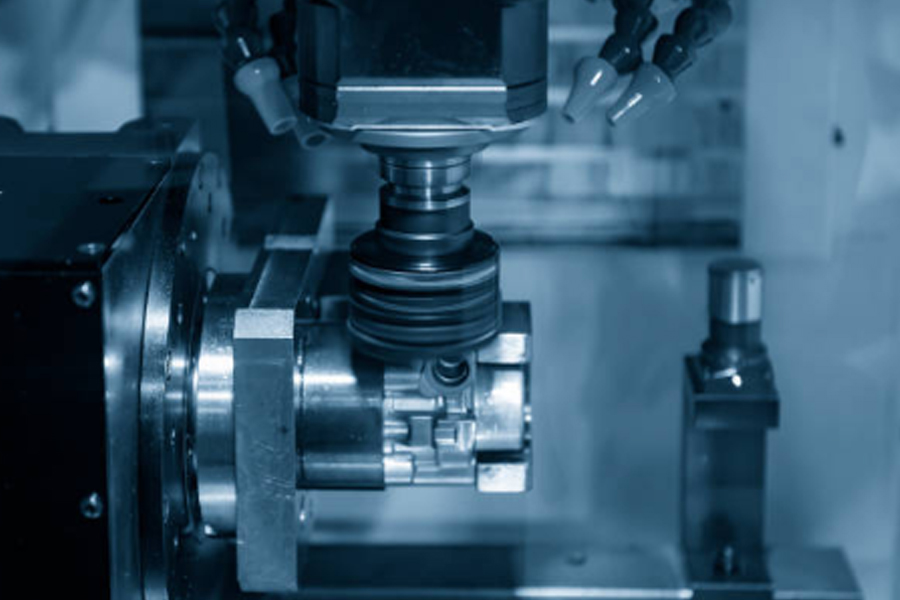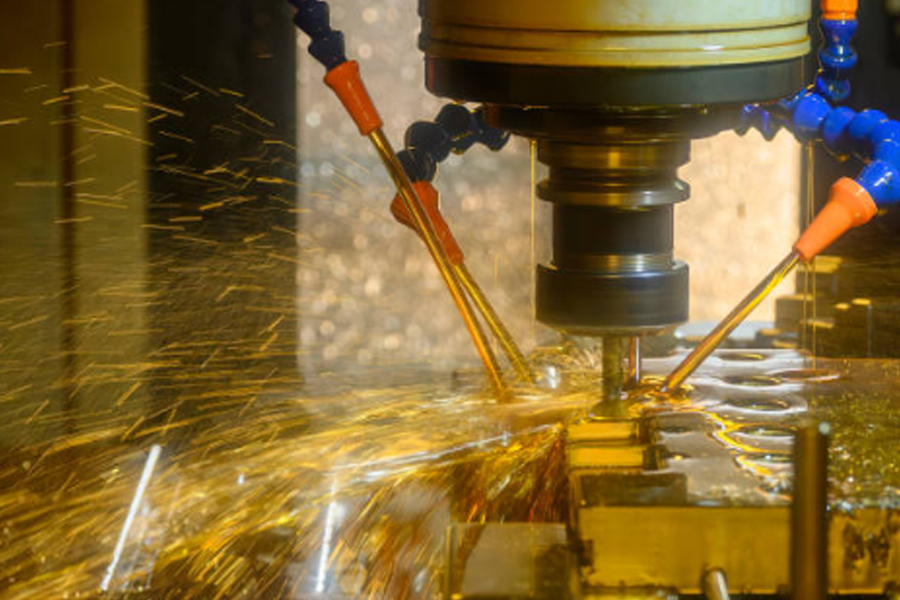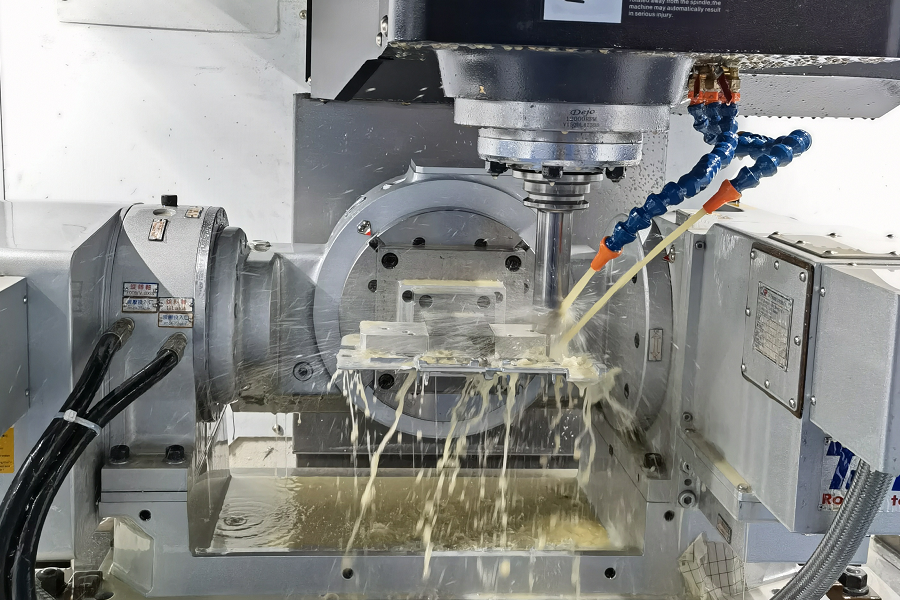Gears are essential core components in mechanical transmission systems, and their machining precision directly impacts equipment operating efficiency, work stability, and overall lifespan. As the manufacturing industry accelerates its transformation towards precision and intelligent manufacturing, gear CNC machining technology, leveraging its unique technical characteristics, has gradually become the mainstream model in the gear production field. This article will objectively dissect the core value and industry significance of gear CNC machining from three key dimensions: technical definition, application scenarios, and process advantages.
What is Gear CNC Machining?
Gear CNC machining refers to a specialized technology that uses a computer numerical control (CNC) system to precisely program and automate the control of gear processing equipment. It enables the machining of key gear parameters such as tooth profile, tooth direction, and pitch. The core logic is to replace traditional manual operations with digital programs, converting the three-dimensional data of gear design drawings into specific machining instructions, driving the machine tools to sequentially complete processes like milling, grinding, hobbing, and shaper cutting.
Unlike traditional machining modes, gear CNC machining does not rely on operators’ experience and judgment but instead standardizes and controls the entire machining process through preset programs. The machining equipment is typically equipped with high-precision sensors and real-time feedback systems, which dynamically monitor the machining status, promptly correct deviations, and ensure the consistency of parameters in every batch of gears. Technically, it represents a deep integration of digital technology and mechanical processing techniques, upholding the core technical requirements of gear machining while overcoming many limitations of traditional processes through automation control.
Main Application Fields of Gear CNC Machining
With its excellent precision and operational stability, gear CNC machining has been widely adopted across several industrial manufacturing sectors, becoming a core technological support for ensuring the normal operation of critical equipment.
Automotive Manufacturing Industry:
In the automotive transmission system, core components such as transmission gears and differential gears rely on gear CNC machining technology. These gears must meet high-speed, low-noise, and high-load requirements. The high precision of gear CNC machining can effectively reduce gear meshing gaps, improving transmission efficiency and perfectly meeting the automotive industry’s dual demands for energy efficiency and reliability.
Construction Machinery:
Transmission systems in construction machinery such as excavators, cranes, and loaders are subjected to heavy loads and harsh operating conditions. Precision gear profile design and machining achieved through gear CNC machining significantly enhance the wear resistance and shock resistance of gears, ensuring long-term stable operation in demanding work environments.
Aerospace Industry:
Gears in aerospace components like engines and transmission mechanisms demand extremely high machining precision and lightweight characteristics. Gear CNC machining can achieve micron-level precision and is capable of processing high-strength special materials, providing solid technical support for the safety and reliability of aerospace equipment.
New Energy Equipment:
Gears used in wind power equipment and electric vehicle drive motors must accommodate high-speed, low-loss operational demands. Gear CNC machining technology optimizes the gear surface machining process to minimize energy losses, helping new energy equipment achieve efficient, low-carbon operation.
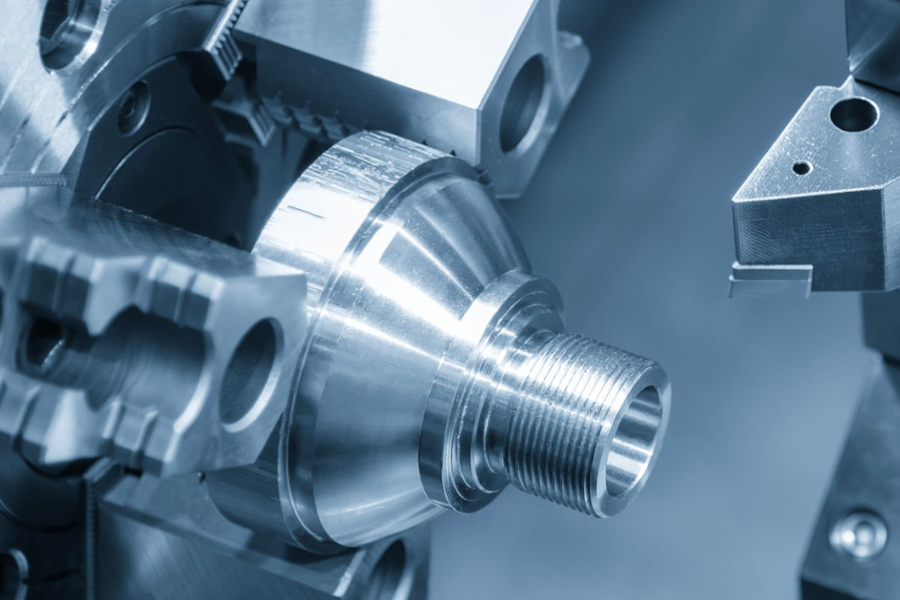
Precision Instruments and Robotics:
Miniature gears used in industrial robots and precision instruments require strict size precision and smooth transmission. Gear CNC machining can accurately control the tooth profile errors of small gears, ensuring precise transmission and positioning, which forms the foundation for the performance enhancement of high-end equipment.
Core Advantages of Gear CNC Machining Compared to Traditional Processes
Compared with traditional gear machining processes, gear CNC machining is not merely a technical replacement, but a comprehensive upgrade and optimization while retaining core functions. Its advantages are mainly reflected in the following five areas:
Superior Machining Precision and Batch Consistency:
Traditional machining modes rely on manual operations and experience, which are prone to human interference and lead to greater precision fluctuations. Gear CNC machining precisely controls the machining process via digital programming, stabilizing machining errors within the micron level, and ensuring high consistency in the parameters of each product in batch production, effectively reducing the difficulty of subsequent assembly adaptation and debugging costs.
Increased Production Efficiency and Scalability:
Traditional gear machining requires frequent manual adjustments to equipment parameters, resulting in long product changeover cycles and low efficiency. Gear CNC machining allows for rapid switching between different models through preset programs, along with automated loading and unloading systems, greatly shortening production cycles. In large-scale production scenarios, it can continuously output qualified products, significantly improving output per unit of time and production efficiency.
Higher Process Flexibility for Complex Demands:
For the machining of non-standard gears or complex tooth profiles, traditional processes often require custom tooling, which is expensive and time-consuming. Gear CNC machining only requires modifying the program to achieve different gear shapes and sizes, without the need to frequently change fixtures, making it flexible enough to accommodate multi-variety, small-batch, personalized production demands.
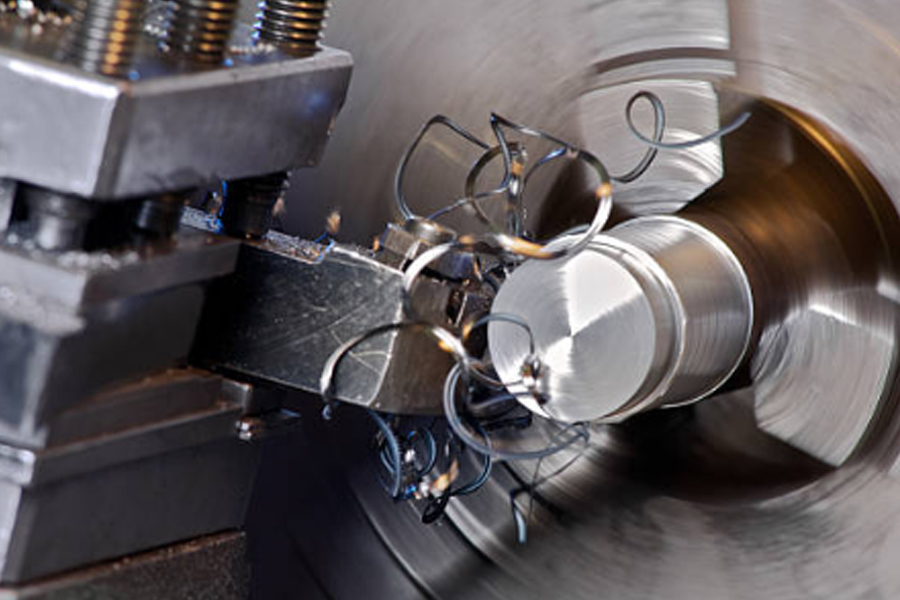
Higher Material Utilization and Lower Overall Costs:
Traditional machining processes rely on manually planned cutting paths, leading to material waste. Gear CNC machining optimizes cutting paths through computer simulation, minimizing unnecessary cutting actions and greatly improving material utilization. At the same time, the automated machining mode reduces labor costs and minimizes waste due to human error, effectively controlling overall production costs in the long run.
Superior Machining Stability for Harsh Operating Conditions:
Gear CNC machining equipment is equipped with real-time monitoring and error compensation systems, which can promptly correct errors caused by factors such as tool wear and temperature fluctuations during machining. Compared with traditional processes, gears produced by CNC machining are less likely to experience surface wear or breakage during long-term operation, making them more suitable for harsher working environments and longer service life requirements.
Evolution of Gear CNC Machining Technology
The evolution of gear CNC machining technology is a vivid reflection of the manufacturing industry’s shift towards precision and intelligent manufacturing. It does not negate the value of traditional processes but instead bridges the limitations of traditional methods through digital means, providing more precise, efficient, and flexible solutions for gear production. From the automotive industry to aerospace, from construction machinery to precision instruments, gear CNC machining is supporting the upgrading, iteration, and performance breakthroughs of equipment across various fields with its unique technical advantages.
With continuous technological upgrades, gear CNC machining will achieve deeper breakthroughs in terms of precision, efficiency optimization, and green low-carbon development, injecting stronger technological momentum into the high-quality development of the manufacturing industry.

